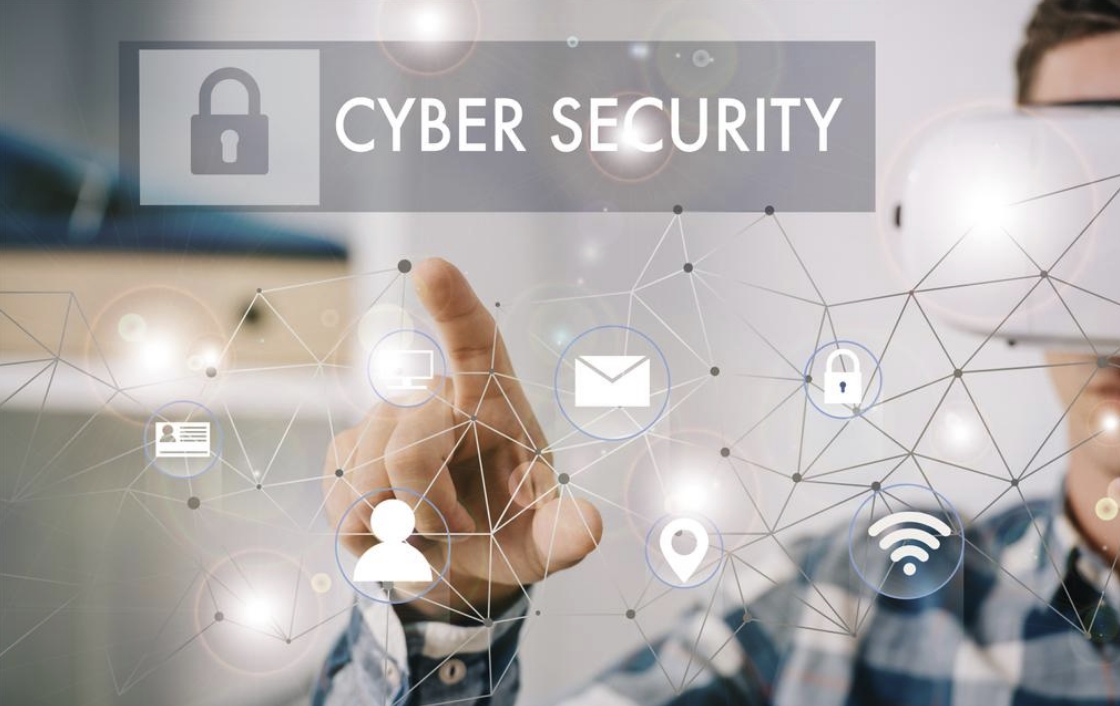Strengthen Your Incident Response with EDR Security
- Written by NewsServices.com

Introduction to Electronic Data Room Security
EDR (Endpoint Detection and Response) security is a type of cybersecurity system that focuses on protecting an organization's endpoints such as computers, smartphones, tablets, and other devices from malicious activity. It monitors these devices for suspicious activities and provides real-time responses to potential threats. EDR security systems can be deployed both on-premise or in the cloud, providing flexibility in their deployment options.
Through the use of advanced analytics, machine learning algorithms and threat intelligence feeds, edr security solutions are able to detect threats quickly before they become a bigger problem. By leveraging the power of automation and analytics to detect complex attacks early on in their lifecycle, organizations can reduce business disruption due to cyberattacks.
Overview of Security Protocols and Features
The modern world is heavily reliant on computers and the internet, which has created a need for effective security protocols and features. Security protocols are a set of rules that are implemented to protect data while it is being transferred between two or more parties. These protocols ensure that the data remains secure by ensuring its privacy, integrity, and authenticity. Security features refer to specific implementations of these protocols which provide additional protection against malicious attacks.
The most commonly used security protocol is known as Secure Sockets Layer (SSL), which provides an encrypted link between two devices over the internet and ensures that all data transferred has not been tampered with in any way. SSL is typically used when transferring sensitive information such as credit card details or passwords from one device to another. It also ensures that no other party can access this data while it is in transit, making it more secure than sending it over unencrypted forms of communication such as email or text message.
Another popular security protocol is Transport Layer Security (TLS), which builds upon SSL by adding additional layers of encryption and authentication measures. This makes TLS even more secure than SSL, since it requires both parties involved in the transfer to authenticate their identity before any data can be sent or received.
Benefits of EDR Security
As the digital world continues to expand, so does the need for additional security measures to protect data. Enter endpoint detection and response (EDR) security. This advanced approach to cybersecurity is quickly becoming one of the most popular ways to protect a business’s information from malicious attacks and other threats.
EDR security provides businesses with an in-depth look into their network activity by analyzing endpoints such as computers, servers, mobile devices, and other connected systems. It also offers real-time protection against potential threats like malware or ransomware attacks. By monitoring endpoints in real time, EDR solutions can detect suspicious behavior that could indicate an attack or breach before it causes any damage to a system or data loss.
Businesses also benefit from granular visibility into their networks when using EDR solutions; this makes it easier for teams to identify user behaviors that might be putting the company’s data at risk. For example, if a certain employee is accessing sensitive files without permission or downloading large amounts of data onto an external drive, then EDR will alert administrators so they can investigate further and take action if necessary. Additionally, EDR systems provide businesses with detailed logs of past activity on their network which can be used for compliance purposes.
Challenges with EDR Security
In today's world, cybersecurity is a big challenge and organizations are constantly looking for new ways to protect their data. One of the most important security measures is Endpoint Detection and Response (EDR) security. EDR provides organizations with an advanced level of detection, response, and protection against malicious activity on their networks or endpoints.
Despite its effectiveness, EDR security has several challenges that must be overcome before it can be effectively implemented in an organization. The first challenge is cost: EDR solutions can be expensive, especially when compared to traditional anti-virus software and other protections. Additionally, implementation of an EDR solution requires specialized skills that may not be available in-house; this often means relying on third party vendors or consultants to install the system correctly. Lastly, due to its complexity and technical nature, there can often be a steep learning curve associated with using an EDR system which requires additional training investments from the organization.
Another significant issue with EDR security is false positives—or false alarms caused by incorrectly flagged malicious activity that does not actually exist—which can lead to reduced confidence in the system’s accuracy over time if not addressed properly. This problem typically arises due to inadequate tuning of rules used by the software or lack.
Best Practices for EDR Security
As cyber threats continue to evolve, businesses must ensure they have the right security measures in place. Endpoint Detection and Response (EDR) is an important tool for organizations that need to protect their systems from malicious attacks. EDR helps detect and respond to threats quickly, allowing companies to minimize the damage done by a successful attack. To ensure your EDR system is providing maximum protection, here are some best practices you should follow:
- Use Automation: Automation can help streamline your EDR processes and keep up with the latest threats. By automating certain processes, such as setting rules for alerting or taking action on suspicious activity, you can save time and resources while still maintaining an effective security posture.
- Leverage Threat Intelligence: Threat intelligence provides valuable insight into potential vulnerabilities in your environment so you can take proactive steps to prevent attacks before they occur. This information also allows you to better prioritize response efforts based on threat level or type of attack detected so that responses are more targeted and efficient.
- Monitor Network Traffic: Monitoring network traffic gives you a real-time view of what’s happening on your network so that suspicious activity can be detected quickly and dealt with appropriately.
Conclusion
EDR security is a critical component of modern cybersecurity. It enables businesses to detect, investigate, and respond to threats quickly, while reducing the damage caused by malicious actors. EDR solutions can also provide valuable insights into security posture and help organizations prioritize resources to reduce risk. With the growing sophistication of cyber attacks, EDR has become a must-have for any organization that wants to protect its data and systems from malicious actors.







